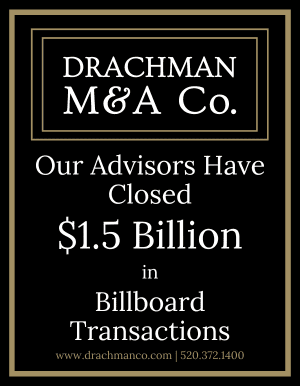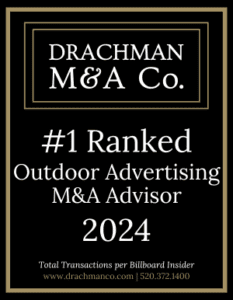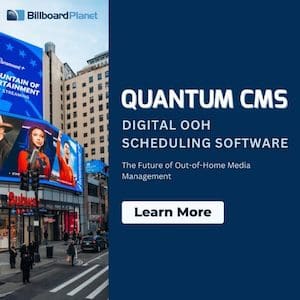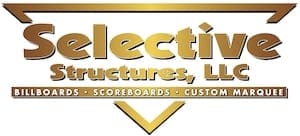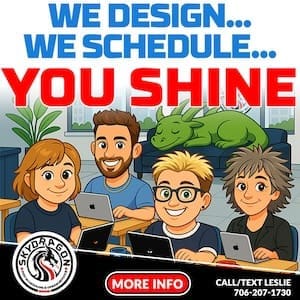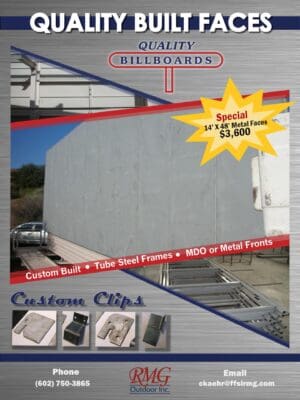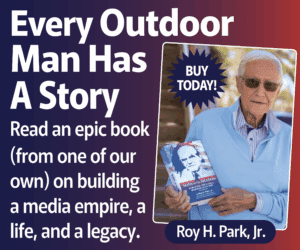
By David Burrick, Intersection, Chief Strategy Officer
The Book of Genesis tells the story of the Tower of Babel, where Noah’s descendants all speak a common language and decide to build a tower to the heavens as a sign of their unity and strength. In the story, God feels threatened by this collective action and, as a result, confuses and divides their languages, halting construction of the tower and scattering the people across the earth.
What does a story from the Old Testament of the Bible have to do with the modern out-of-home advertising industry?
Almost 100 years ago, our industry founded the Traffic Audit Bureau for Media Measurement, now called Geopath. This non-profit was created to standardize currency measurement (reach and frequency) across the OOH ecosystem. Buyers and sellers could trust that an impression on a billboard from one operator was measured the same as an impression from another operator. And much like the tower in the biblical story, the industry grew as a result of all participants speaking the same language.
Unfortunately today, we find ourselves in a situation similar to the end of the parable. The OOH ecosystem has grown ever more complex with the introduction of many more formats, data vendors, publishers and demand sources. And instead of having a common measurement language to unify our diverse industry, we have now drifted to an increasingly fragmented ecosystem.
Each firm within the industry is acting rationally for themselves. Publishers have an incentive to find the measurement source that shows maximum reach and frequency of their assets. Buyers have incentives to screen for quality, but also have incentives to drive down CPMs. Each measurement vendor and platform has incentive to differentiate from the others to drive adoption.
But unfortunately, the lack of collective action is leading to confusion and is ultimately not good for our industry. It makes our media seem confusing and hard to buy, whereas the best thing for all players in the industry is to grow the overall size of the OOH ecosystem.
To that end, it is essential that the industry agree on a set of standards starting with some of the items below. In the end, there are arguments as to why certain options are better than others, but what is inarguable is that a common language and currency is better than a fragmented landscape. Otherwise, the industry’s growth may stall out, much like how the parable ends.
Opportunity to See (OTS) vs. Likelihood to See (LTS) – This is an age-old debate within our industry. Some argue that OTS impressions make the most sense. After all, this is how most other forms of media measure impressions. For example, Nielsen does not try to discount their impression measurement formula to account for people who have the TV on but are looking at their phone or have stepped away to another room. This is why the Media Ratings Council (MRC) noted that OTS impressions were core to their accreditation. At the same time, there are good arguments to use LTS impressions, introducing another quality layer on top of the impression currency to account for the unique aspects of OOH. What the industry has now, however, is a set of vendors reporting only OTS impressions, with others only reporting LTS impressions – often without denoting which is which.
0+ vs. 18+ Impressions – This is another debate that is causing confusion in our industry. Some argue that measuring impressions on people of all ages (0+) is ideal, as it reflects the true reach of our assets. Others argue that 18+ is better, as most advertisers are not marketing their products to children. Again, in reality, both have their merits but if some companies are picking and choosing if they use one vs. the other, it causes inconsistencies and confusion
Standardized Viewsheds – Each measurement vendor in our industry is thoughtful about their approach to the proper viewsheds and methodology by which they calculate reach and frequency. But the reality of OOH measurement is that no system will ever be perfect. Having different sized viewsheds for the same sized screens (the polygon that reflects the area in which people are considered exposed to an OOH ad) leads to different results.
The Tower of Babel problem is exacerbated by programmatic. Bidding in an exchange where OTS vs. LTS, 0+ vs 18+, and different sized viewsheds makes it impossible to have a fair auction. The same screen with the same audience will have dramatically different impression counts if it is measured on an 18+ LTS impression vs. an OTS 0+ impressions. Yet on the exchange, they compete for the same ad buys and CPMs.
For a long time, Geopath was the primary measurer of OOH reach and frequency. There were advantages and disadvantages of that model. It was easier to provide industry-wide standards, but, as the industry grew more complex, it was harder for one organization to service the entire industry. Whether the industry returns to this model or, instead, has multiple vendors who apply a common framework is a worthy debate. However, what is indisputable is that the current situation is the worst of all options. If the industry wants to grow, much like in the story of the Tower of Babel, we all need to be speaking the same language.
Insider Note: We did ask David for a sentence on Intersections’ approach to measurement. Here is his response.
“Intersection is a Geopath member and works with Geopath for the large majority of its currency (reach/frequency) measurement needs. Intersection has a handful of other vendors it works with to supplement the data it gets from Geopath, particularly in cases where Geopath does not offer a solution for a media format or capability.”
To receive a free morning newsletter with each day’s Billboard insider articles email info@billboardinsider.com with the word “Subscribe” in the title. Our newsletter is free and we don’t sell our subscriber list.
Paid Advertisement
